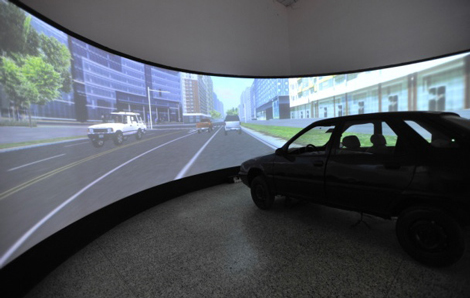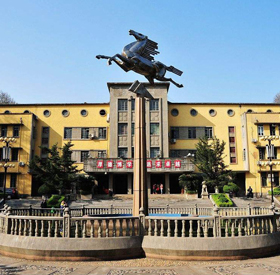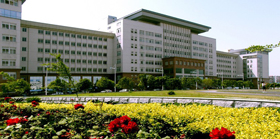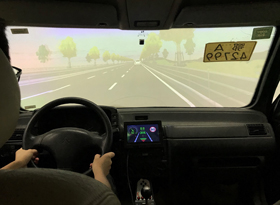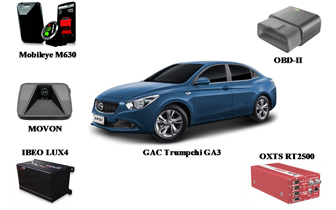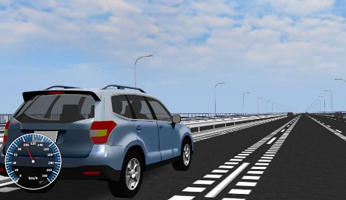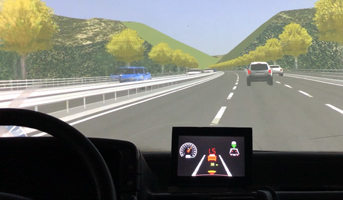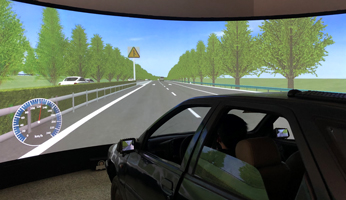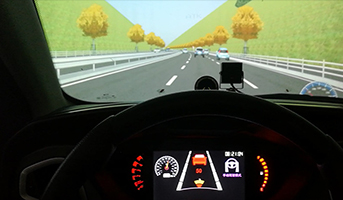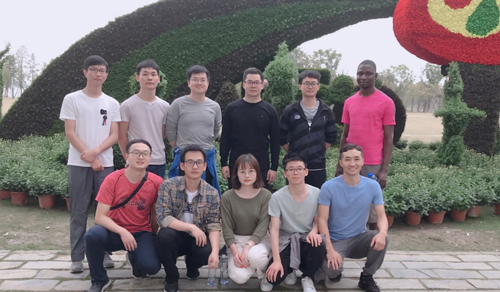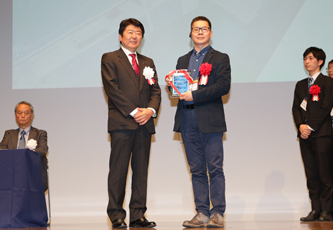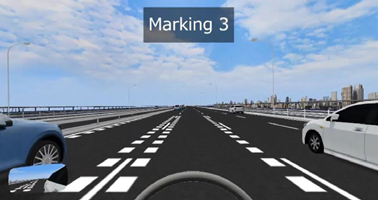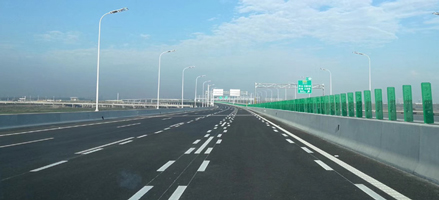|
Wuhan University of Technology (WUT) located in Hongshan District, Wuhan
City, Hubei Province, China is intensively operated by the Ministry of
Education of the People's Republic of China. The university was constructed
by the Ministry of Education, the Ministry of Transport, and the State
Administration of Science. WUT is one of the universities constructed in
priority by the "State Project 211" and "Double First Class
Discipline University" in China.
WUT has the Mafangshan Campus, the Yujiatou Campus, and the South Lake
Campus, with a total occupying land area of 1,600 hectares. About 36,000
undergraduate students, about 18,000 graduate students, and about 1,700
international students are studying at WUT. Based on the engineering system,
the faculties such as science, engineering, economics, management, arts,
literature, law, etc. were organized so that they can interact and develop
in cooperation.
Intelligent Transportation Systems Research Center
The Intelligent Transportation Systems Research Center is an independent
science research organization in the group of Wuhan University of Technology,
and focuses on the intelligent traffic system theory for waterway and road
and its applied study.
The study field related to road mainly includes the principle of driver
behavior, cause analysis of traffic accident, operation and control of
traffic safety, support of safety driving, and development of autonomous
driving.
Major studies related to waterway includes the investigation of capacity
of inland rivers, technology of traffic safety on water, and analysis of
traffic safety on water.
Road traffic safety and information group
Associate Professor Nengchao Lyu has worked as a lecturer at the ITS center
since 2010 and as an instructor for doctor students since 2017. He mainly
studies on the traffic safety evaluation, analysis and prevention of accident,
ICV, driver's behavior and traffic safety, traffic system simulation and
its control. Among over 30 science research projects, he was involved in
3 projects of National Natural Science Foundation of China, 1 national
science technology support program, and 3 other ministry projects. He also
wrote more than 80 academic papers, and 50 of those are in the SCI/EI.
He applied over 20 patents and software copyrights and received 4 science
technology awards.
|
